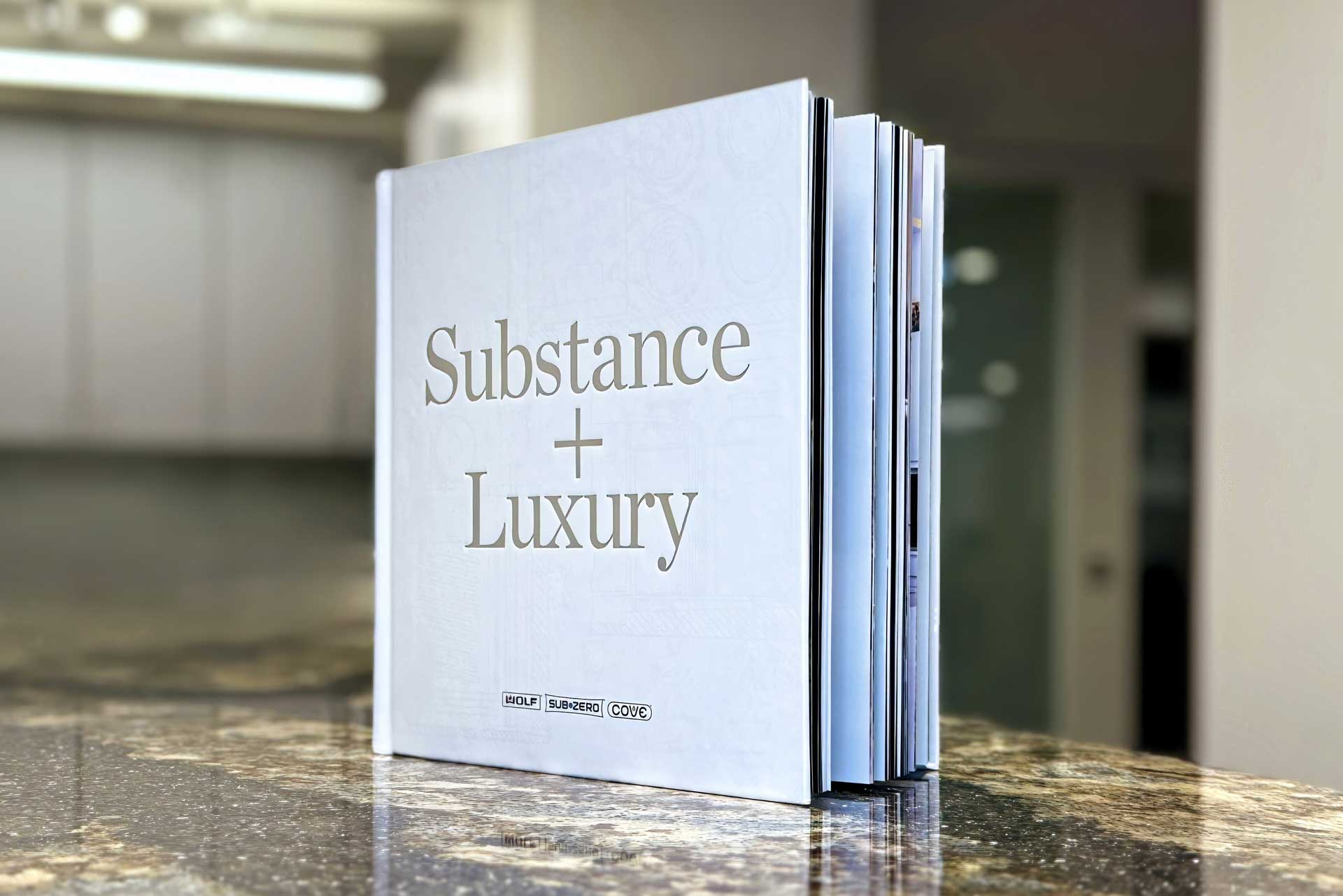Interview with Zack Hopkins from the United States

Interview with Yuan-Sheng International Performing and Artistic Co.,Ltd
May 30, 2024
Interview with Tim Tsao from Japan
May 30, 2024Zack Hopkins
Zack Hopkins is a Senior Designer at History Factory, starting his career in the museum sector by supporting educational and entertaining exhibits, media, and interactive exhibitions. He has since broadened his scope to include a diverse array of projects, ranging from publication and exhibit design to interactive and web-based experiences.
My name is Zack Hopkins, and I’m a Senior Designer at History Factory. My first exposure to the industry was through the museum world. My earliest internships and jobs supported exhibits, media and interactive exhibitions to inform and entertain.
Since then I’ve had the opportunity to work on a wide range of project types from publication and exhibit design to interactive and web-based experiences.
I’ve been with History Factory for nearly nine years, which speaks to the uniqueness of History Factory as an agency. We bring a perspective to our work that can’t be found anywhere else—one of authenticity, heritage, and academic rigor.
It’s the core of who we are and why we have the privilege of working with some of the world’s largest and most respected brands.
Creativity governs our ability to take in information—visual assets, business goals, historical context—and distill all that into an idea that communicates. And then do it again. And iterate. And expand.
If art is in the eye of the beholder, and art is a part of design, then creativity in design facilitates our ability to step back from the work and look at it from different perspectives.
There are few entirely new ideas, and every design problem has multiple solutions. Some solutions are elusive, but often the most appropriate solution is right in front of you.
In either case, creativity comes in the expression. If it makes you think or feel something new, then it is a creative idea.
John Maeda said, “Design is a solution to a problem. Art is a question to a problem.” Design is synonymous with creative problem-solving, and the problem is always at the center of my design thinking.
When I approach a project, I consider the different ways I can use the resources available to me to achieve the functional goals of the project, while also delivering a product that is as visually refined and beautiful as possible.
The catalyst for the project was the opening of the L.C. Bakke Innovation Center building at Sub Zero Group’s Fitchburg campus. Our publication is conceptually centered around physical locations at the campus and beyond, but we began the project with few actual photos of the new building.
Not only did the production require a three-day photoshoot to document newer aspects of the campus experience, we also had to think of creative ways to stage and visualize areas of the Innovation Center that were not entirely completed.
Over the last couple of years, the hottest trend has been toward emerging technologies and the influence of AI. At History Factory, we’re betting on a continued countertrend toward brand authenticity, community, and the appeal of nostalgia.
We’re fully onboard with evolving technologies, but we’re always thinking about how they can be leveraged to support brand authenticity rather than detract from it.
Winning Entry
Substance + Luxury | 2024
Sub-Zero Group has trailblazed technological and design innovation in the appliance industry since its founding in …
(Read more at MUSE Creative Awards)
Zack Hopkins
History Factory
Zack Hopkins is a Senior Designer at History Factory, starting his career in the museum sector by supporting educational and entertaining exhibits, media, and interactive exhibitions. He has since broadened his scope to include a diverse array of projects, ranging from publication and exhibit design to interactive and web-based experiences.
Read more about this interview with Yuan-Sheng International Performing and Artistic Co., Ltd, the Gold Winner of the 2024 MUSE Creative Awards.


